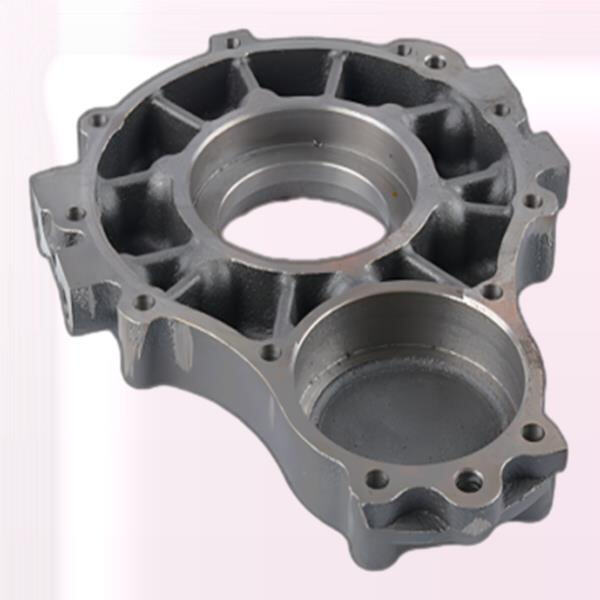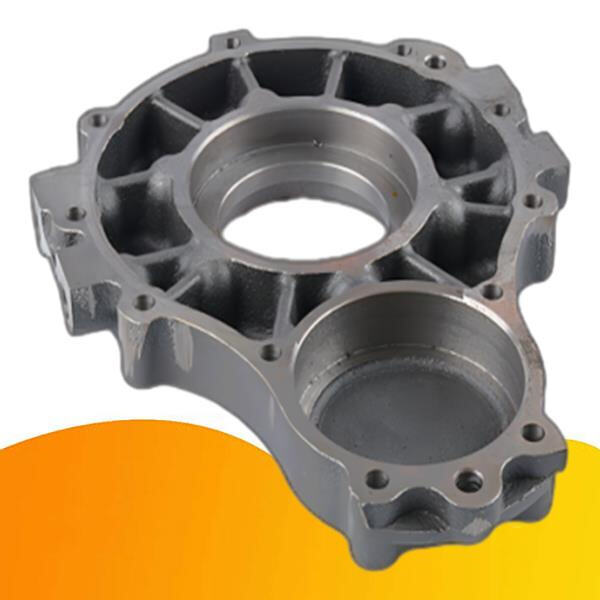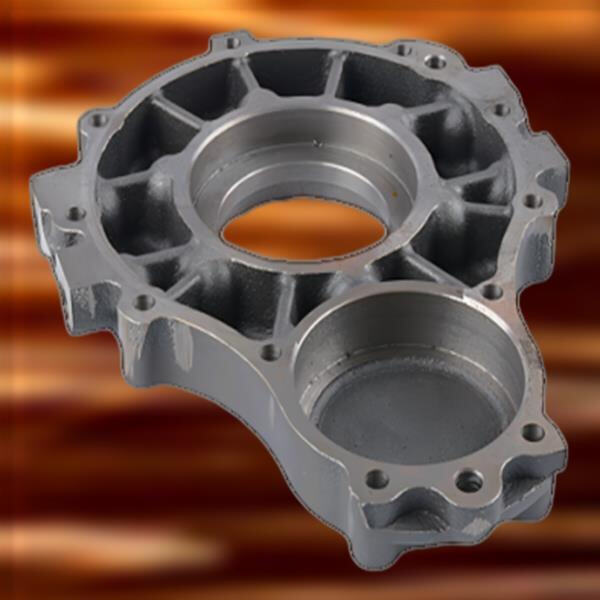Have you ever wondered how concrete gets moved around on construction sites? That is where a casting pump is handy! A casting pump is a device that transports liquid concrete from a mixer to casting areas on a site. It has a powerful pump that pushes the concrete through pipes and hoses. This makes pouring and spreading concrete in hard-to-reach places easier for workers.
There are key points to consider while selecting a casting pump for your project. To start with, think about the size of your project. If it's small, you might use a smaller portable casting pump. However, for larger projects, a big, powerful casting pump would be the way to go.
There are many advantages to using a casting pump for concrete. So one major benefit can be time and cost saving. A casting pump can push concrete in a wheelbarrow instead of pushing a concrete wheelbarrow. This speeds up construction and makes workers safer.
Casting pumps are also wonderful because they help workers pour concrete where it is almost impossible to pour it, like tall buildings or tight places. That can improve how the construction works and ensures the concrete is well-distributed.

While using a casting pump might seem complicated at first, it is a straightforward procedure that can performed in no time if you follow these simple steps:

Casting pumps that are good, but they might also have some issues. For example, one of the most common issues is getting clogged. This applies if the concrete is really thick or has big pieces in it. Use the correct concrete mixture and clean the pump's hoses and pipes regularly to prevent blockage.

Another issue is leaking, which can occur when seals or hoses are worn out. To prevent leakage, regularly check the pump parts and replace damaged pieces immediately. And be gentle with the controls on the pump to not apply too much pressure to the hoses and pipes.

